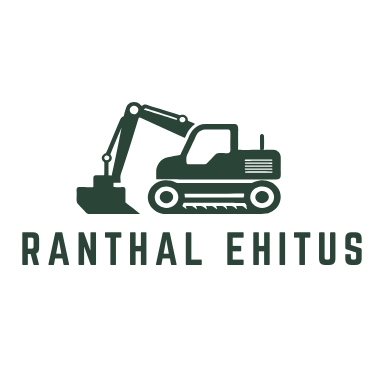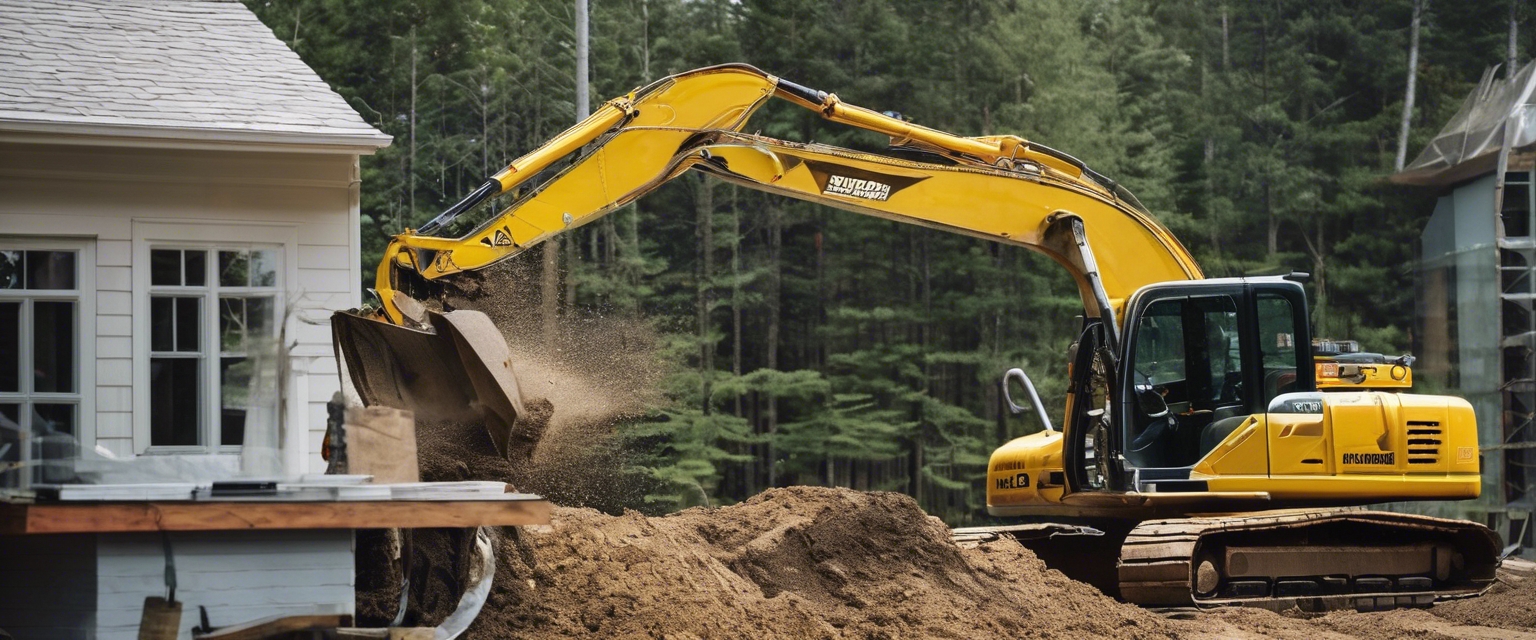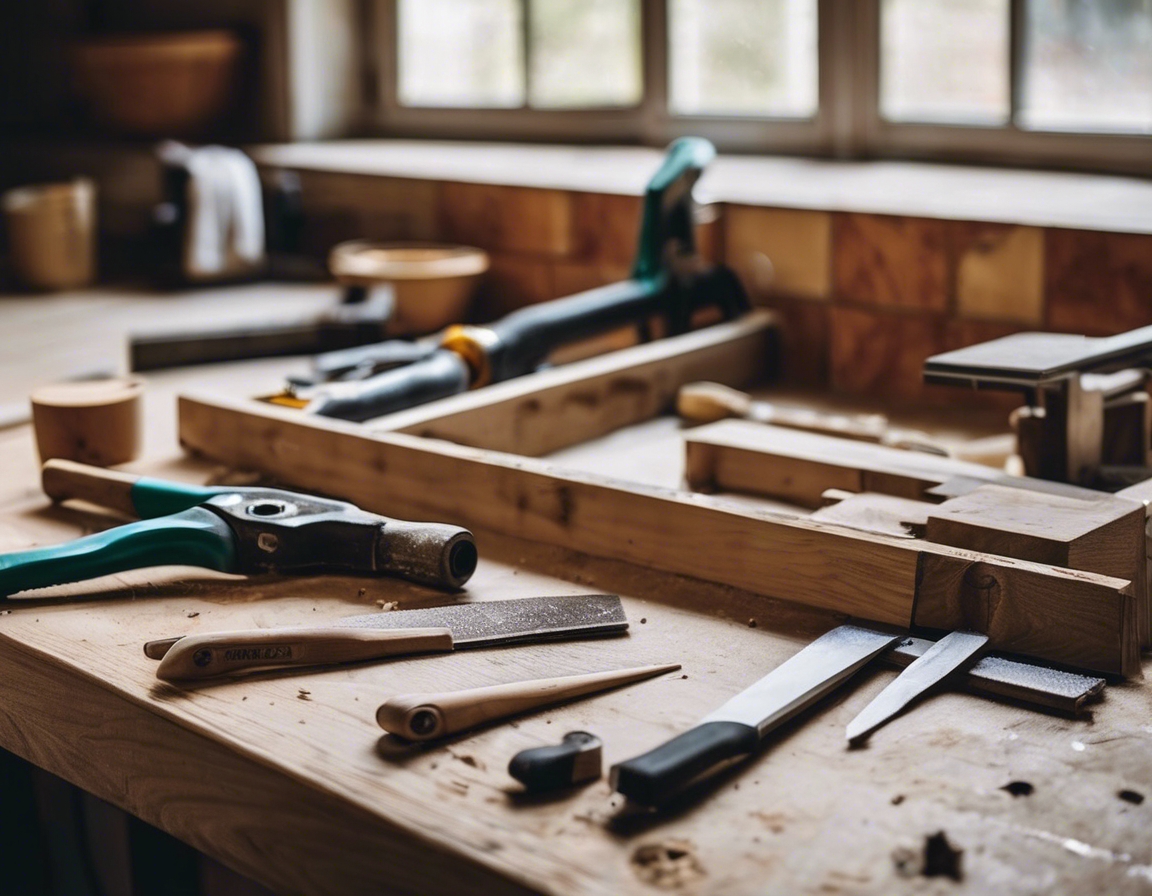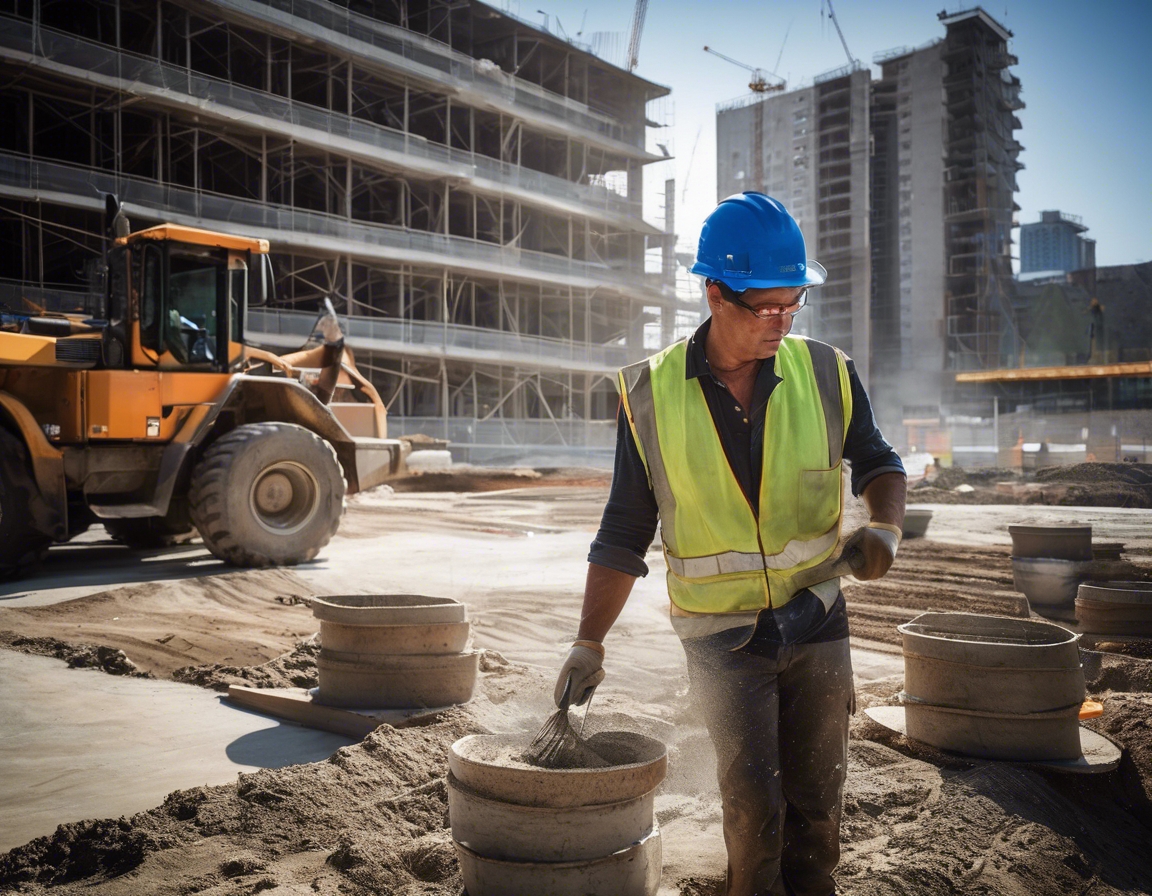The future of sustainable construction: trends and innovations
Sustainable construction is no longer a niche market; it has become a fundamental aspect of the building industry. As environmental concerns continue to rise, the demand for eco-friendly construction practices has grown significantly. Sustainable construction aims to reduce the environmental impact of buildings by using energy-efficient materials, integrating renewable energy sources, and minimizing waste. This approach not only benefits the environment but also enhances the quality of life for occupants and reduces long-term operational costs.
Current Trends in Sustainable Construction
One of the most significant trends in sustainable construction is the use of energy-efficient building materials. These materials are designed to improve insulation, reduce energy consumption, and enhance the overall efficiency of buildings. Examples include insulated concrete forms, structural insulated panels, and low-emissivity windows. These materials help maintain comfortable indoor temperatures, reducing the need for heating and cooling systems.
Integrating renewable energy sources into building designs is becoming increasingly popular. Solar panels, wind turbines, and geothermal systems are being incorporated into new constructions to provide clean, sustainable energy. This not only reduces the carbon footprint of buildings but also offers significant cost savings on energy bills over time. Homeowners and developers are increasingly seeking these solutions to align with their environmental values and reduce dependency on non-renewable energy sources.
Smart building technologies are revolutionizing the way we interact with our built environment. These technologies include advanced sensors, automation systems, and IoT devices that optimize energy use, enhance security, and improve occupant comfort. Smart thermostats, lighting systems, and energy management platforms allow for real-time monitoring and control, leading to more efficient and sustainable building operations.
Innovations Shaping the Future
3D printing is emerging as a groundbreaking innovation in the construction industry. This technology allows for the creation of complex structures with minimal waste and reduced labor costs. 3D printing can produce building components on-site, reducing transportation emissions and enabling rapid construction. This innovation holds the potential to revolutionize the way we build, making construction more sustainable and efficient.
Modular and prefabricated buildings are gaining traction as a sustainable construction solution. These buildings are manufactured off-site in controlled environments, reducing waste and improving quality control. Once completed, the modules are transported to the construction site and assembled quickly. This method not only reduces construction time but also minimizes the environmental impact associated with traditional building methods.
Green roofs and living walls are innovative solutions that enhance the sustainability of urban environments. These features provide natural insulation, reduce urban heat island effects, and improve air quality. Green roofs and living walls also offer aesthetic benefits, creating green spaces in densely populated areas. They contribute to biodiversity and provide habitats for various species, promoting ecological balance in urban settings.
The Role of Policy and Regulation
Government policies and regulations play a crucial role in promoting sustainable construction practices. Building codes and standards are being updated to include sustainability criteria, encouraging developers to adopt eco-friendly practices. Incentives such as tax credits, grants, and subsidies are also being offered to support the adoption of sustainable technologies. These measures are essential in driving the industry towards a more sustainable future.
Challenges and Opportunities in Sustainable Construction
While sustainable construction presents numerous benefits, it also faces challenges. High upfront costs, lack of awareness, and resistance to change are some of the barriers that need to be addressed. However, these challenges also present opportunities for innovation and growth. As technology advances and awareness increases, the cost of sustainable solutions is expected to decrease, making them more accessible to a broader audience. Companies like RANTHAL EHITUS OÜ are at the forefront of this movement, offering expertise and solutions to meet the growing demand for sustainable construction.






Comments (0)